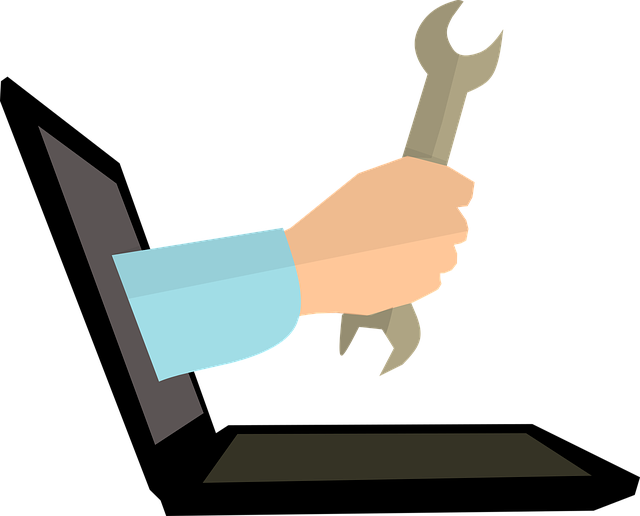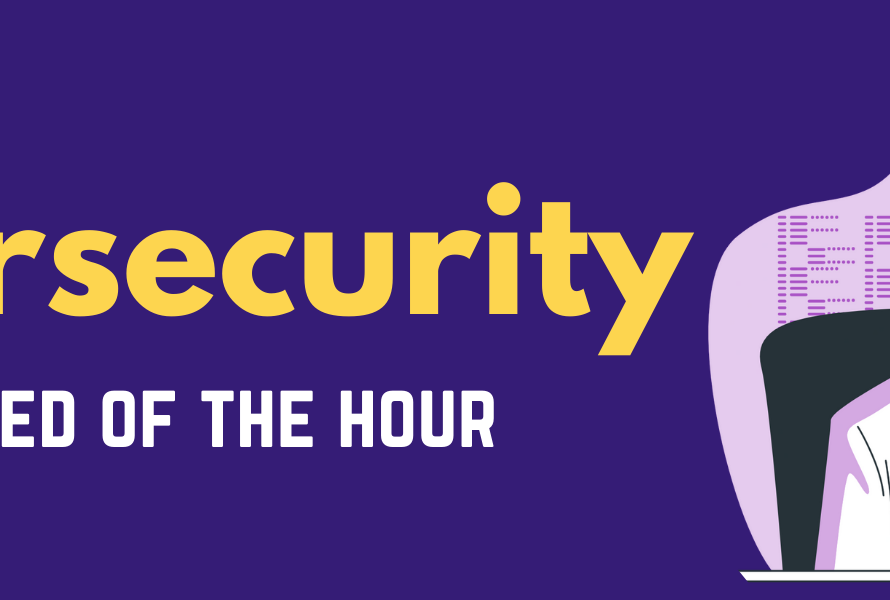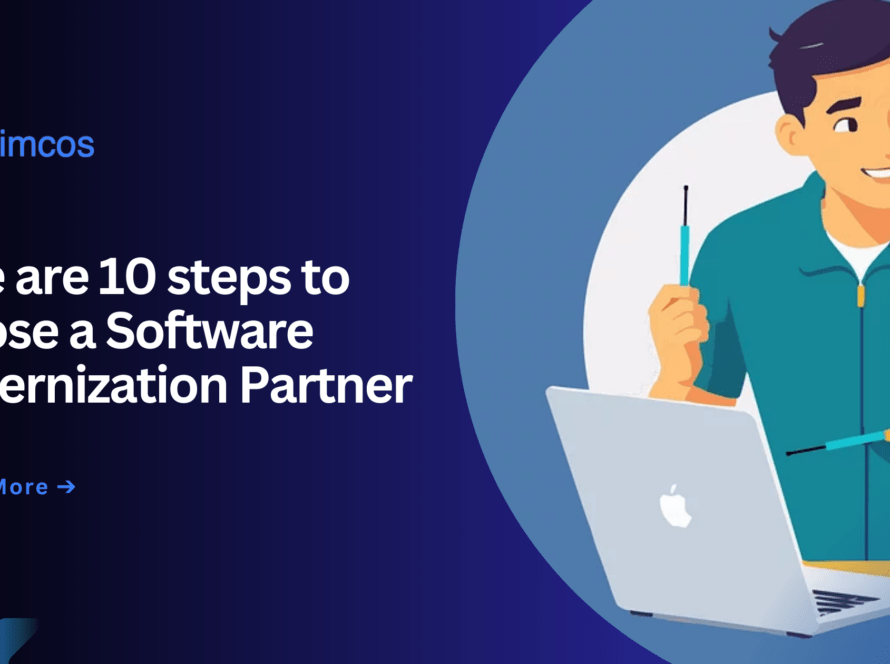Software Modernization is becoming a necessity for most of the owner-led SMBs and startups. Small and medium-sized businesses (SMBs) need to constantly optimize their operations to get the most out of every resource. One powerful strategy to achieve this is through business modernization. This introduction will dig into how SMBs drags business modernization to achieve a desired goal: reducing running costs. We’ll explore how modernizing processes and tools, eliminate inefficiencies and ultimately lead to a healthier financial bottom line for SMBs
SMBs constantly grapple with optimizing the operations to maximize every resource. Here’s where Software modernization steps in as a game-changer. This introduction will explore how SMBs take business modernization as a strategic weapon to achieve a critical goal of slashing running costs. By the end, discover how business modernization transforms the SMBs into a lean, cost-effective machine, poised for long-term success.
Table of Contents
What are SMBs ?

SMB stands for Small and Medium-sized Businesses. They’re the backbone of the economy, employing a large portion of the workforce and driving innovation. Examples, local shops, restaurants, or IT startups – those are all likely SMBs.
SMBs have fewer than 1000 employees and annual revenue below $1 billion. They’re distinct from large corporations due to their flatter , quicker decision-making and focus on agility. While smaller, they face similar challenges like cost management and keeping up with technological advancements.
In context to SMBs what are Running costs?
For SMBs, running costs are the lifeblood of their daily operations. It surrounds all the essential expenses that keep the doors open. Staff salaries, benefits and taxes are a major chunk, followed by rent and utilities for the physical workspace. Owning a product-based business adds inventory and supply costs, while marketing and advertising keep the customer base informed.
Technology plays a growing role, with software subscriptions and IT maintenance becoming significant expenses. Managing these running costs effectively is critical for SMBs. SMBs don’t have the luxury of large profit margins, so minimizing unnecessary expenses strengthens their financial foundation and paves the way for future success.
Types of running costs :
Keeping SMBs on managing running costs. Explore three main categories: People (salaries, benefits), Facilities (rent, utilities) and Operations (inventory, marketing). Understanding these expenses empowers SMBs to make informed choices and achieve financial stability.
1. People Costs
Keeping the team running smoothly comes with a price tag. People’s costs encompass everything you pay your employees. Salaries and wages are the foundation, but don’t forget benefits like health insurance and paid time off. Managing people’s costs effectively is important for a healthy bottom line.
2. Facility Costs
The physical space comes with its own set of running costs. Rent or lease payments cover your office, warehouse or storefront. Then there are utilities like electricity, water and the internet to keep things running. Don’t forget maintenance and repairs – fixing leaky faucets, replacing worn furniture and keeping everything in good shape adds to the overall cost of physical footprint.
3. Operational Costs
Running costs are the expenses tied to the everyday workings of a business. These expenses come from making products and covering bills like paychecks, power, wages, shipping costs, rent and so on. You find running costs listed on the profit and loss statement in a company’s financial reports.
What is business software modernization?
Business software modernization involves swapping out old programs and systems for up-to-date productive solutions. This process mean ditching legacy software for cloud options or giving existing systems a boost with new features and security updates. The modernization push goes beyond software touching on physical infrastructure too.
Companies are moving away from in-house servers and data centers opting instead for the flexibility and room to grow that cloud computing offers. At its core, the aim is to keep things running , cut down on expenses, beef up security and give businesses an edge over their rivals. It’s all about giving them cutting-edge tech to work smarter, not harder.
How SMBs reduce their running cost with business software modernization?
Small and medium-sized businesses (SMBs) significantly reduce their running costs through business software modernization in several ways:
1. Increased Efficiency
Repetitive tasks down the team by limiting the ability to focus on what truly matters. Business software modernization tackles by automating the tasks. Like software handling data entry, sending invoices, or scheduling appointments. This frees up employees’ time for higher-value activities like strategic planning, client interaction, or product development.
By smoothing workflows and boosting productivity, modern software helps SMB get more done in less time, less time spent on administrative work and more on core business functions, boosting overall efficiency.
2. Subscription-based Model
Business software modernization has an impact on subscription-based models. This means you pay a set monthly fee to access the software much like a subscription service you might have at home. This brings several perks for SMBs. First, it does away with the need to invest a big sum upfront in pricey software licenses freeing up cash to use in other parts of your business. Second, these models also come with auto-updates, so you always have the newest features and security fixes. There’s a plus side for hardware too.
Cloud-based subscription software allows businesses to offload the managing and maintenance of IT infrastructure, helping businesss save on hardware expenses, maintenance costs and energy use. Overall, subscription models offer a more flexible and cost-effective way small to mid-sized businesses gain access to current software services that keep them running.
3. Data-Driven Decision Making
Modern software acts like one, providing superior data collection and analysis. This empowers us to make data-driven decisions that save money. By analyzing information on how resources are allocated, marketing spend is performing and operational processes are functioning, pinpoint areas for cost savings.
This could be anything from smooth workflows to optimizing marketing campaigns. With better data insights, SMBs that make smarter choices for the most value out of every penny. Modern software provides better data collection, analysis and reporting capabilities. This allows SMBs to identify areas for cost savings by analyzing data on resource allocation, marketing spend and operational processes.
4. Enhanced Security
Current software comes with security features developed to prevent cyberattacks and data breaches. This is critical for small and medium businesses (SMBs) as it provides an opportunity to avoid expensive security incidents and potential data loss. In the modern data-driven digital economy, while cyber-attacks are ever-present danger and a matter of when rather than if, their consequences leads to catastrophic for any organization. In particular, the low security resources available to most SMEs makes them prey. There are these common risks faced by businesses which are protected with updating business software.
Data is encrypted, visibility and access are securely controlled and vulnerabilities patched automatically as part of modern software. Regular backups give you a safety net, so when an attack occurs at least you have your data! This significantly reduces the probability of costly security incidents, ensuring both financial and brand hacking exposure.
5. Cloud Solutions
Cloud-based software also transitions the weight from relying on-premised infrastructure. It cuts the IT maintenance cost in a big way. These cloud solutions come for subscriptions, which again is cost-effective rather than subscription-based licensing conventionally. Adopting cloud-based software diminishes the need to put infrastructure on-site, cutting costs on hardware purchases, maintenance and upgrades. Further, most of the cloud solutions are on a subscription model, which includes updates, security patches and support, so one need not pay separately for licenses and maintenance.
The transition lessens management of infrastructure by IT staff in your business, so the SMB utilize more resources. Scalability in cloud services also enables companies to edit resources based on their demand, thereby better optimizing costs. In summary, the concept of cloud licensing has proven less expensive compared with software licensing; thus, it operates under flexibility and raises financial efficiency for the SMBs.
6. Scalability
A scalable business software grows with the changing needs and momentum of small-to-medium sized businesses, without forcing SMBs to constantly upgrade or replace it. This flexibility also allows to scale their hosting smoothly as the number of users, data volume or transaction rate increase. Prevented from Having to Buy New and UpgradeLargely because upfront costs for new software or upgrading current be very high most SMBs will save money so it has more power where needed.
Scalable software enhances efficiency by sustaining performance during growth phases, ensuring smooth operations without interruptions. In the end, scalability in contemporary software solutions fosters long-term cost savings by minimizing the necessity for frequent software updates or expansions as businesses progress.

How does Himcos help?
Business software modernization is the strategic opportunity to help small and medium-sized businesses reduce operational costs and improve operational effectiveness. Workflow streamlining, productivity enhancements and optimum resource utilization are the benefits that small and medium businesses derive from automation, subscription-based models and cloud solutions with modern technology and practices.
These innovations are related not only to the reduction in initial investments and costs for maintenance but also to scalability and security, all contributing to long-term financial health. In other words, modernization of business software allows for more efficiency creation within operational structure and increases growth opportunities to better navigate competitive markets, positioning it for success in its industry.
Himcos provides Business Software Modernization services. Our team isn’t just skilled, you get the best minds tackling your modernization project, ensuring exceptional quality and results. Our experts help improve performance, reduce costs, enhance security and foster innovation providing our clients with scalable, secure and high performing applications.



